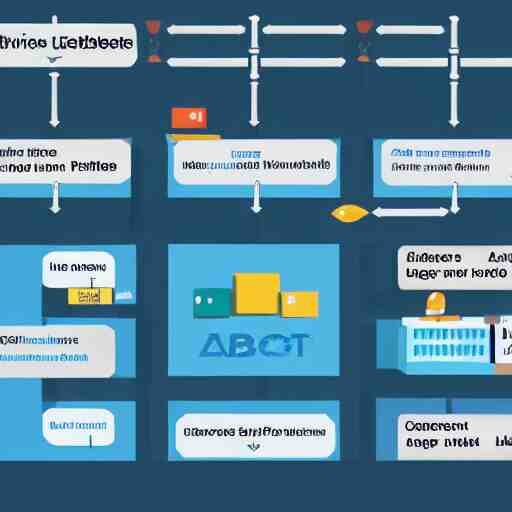You can develop a domain reputation score based on data from a single IP address or a complete range of IPs.
In order to view and analyze data from a complete range of IP addresses, you must first build a list.
This is achieved by creating a list, which is a group of IPs that appear in your domain reputation data.
In order to build the list, you must enter the start_ip parameter and the end_ip parameter in the API request.
The API will then retrieve data related to any IPs that fall between these two parameters.
You can also add up to 10,000 IPs to your list at once using this technique.
Finally, you must select the kind of data you want to see in your report.
Some companies offer domain reputation APIs, but not all of them provide the same kind of functions or have the same capabilities. So here are some important things to consider when choosing a domain reputation API for your business:
What kinds of domain reputation APIs are available?
There are two primary types of domain reputation APIs: standalone and dashboard-based. A standalone API is one that is accessed directly through its own site or another service, such as an SDK or portal. A dashboard-based API is one that is accessed from within a larger dashboard interface, such as Threat Protection or SecurityScore.
How does it determine its scores?
Each type of domain reputation API has its own way of calculating domain scores. However, they generally calculate them based on factors such as website content, links to and from the website, and the IP address itself.
What kind of functions does it have?
The primary functions of domain reputation APIs are malware scanning, malware cluster identification, threat intelligence feeds, and reporting and analytics. These functions can be used to provide real-time detection and protection against malware, as well as protection against phishing attacks, cyberattacks and other online threats.
How does it work?
There are three primary methods for using a domain reputation API: real-time scanning, scheduled scanning and manual scanning. Real-time scanning refers to the real-time detection and protection against malware and phishing attacks provided by the API. Scheduled scanning refers to scheduled scans that are performed by the API on specific intervals or on-demand by users. Manual scanning refers to manual checks that are performed by users on specific websites or domains
Check similar companies based on the domain that you pass to this API.
To make use of it, you must first:
1- Go to Similar Companies API and simply click on the button “Subscribe for free” to start using the API.
2- After signing up in Zyla API Hub, you’ll be given your personal API key. Using this one-of-a-kind combination of numbers and letters, you’ll be able to use, connect, and manage APIs!
3- Employ the different API endpoints depending on what you are looking for.
4- Once you meet your needed endpoint, make the API call by pressing the button “run” and see the results on your screen.



